Due to the cold wet weather we experienced in late April and early May, corn planted in April has struggled to emerge in many areas of the state.
Due to the cold wet weather we experienced in late April and early May, corn planted in April has struggled to emerge in many areas of the state.
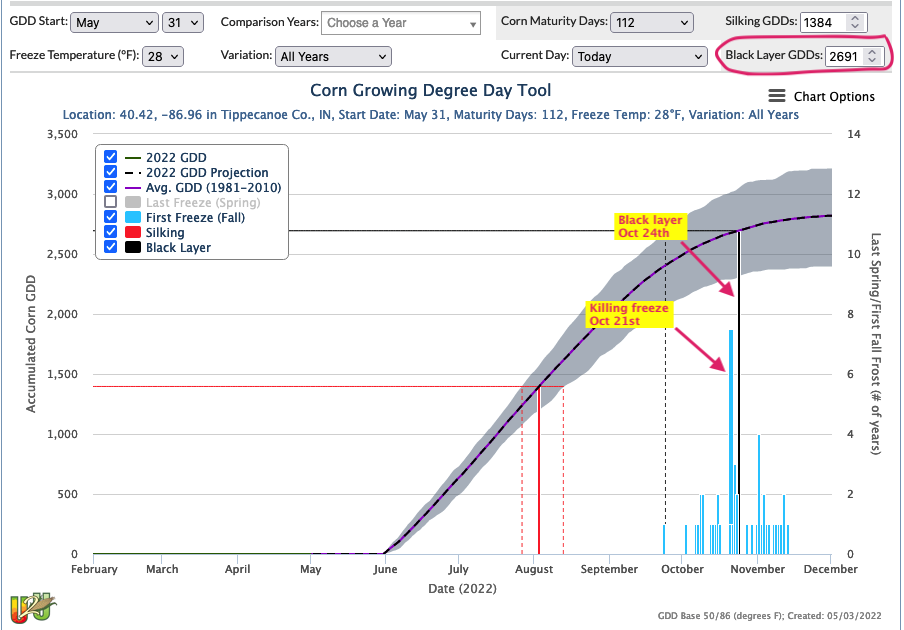
Delayed planting seasons create a lot of frustrations for everyone involved with planting crops.
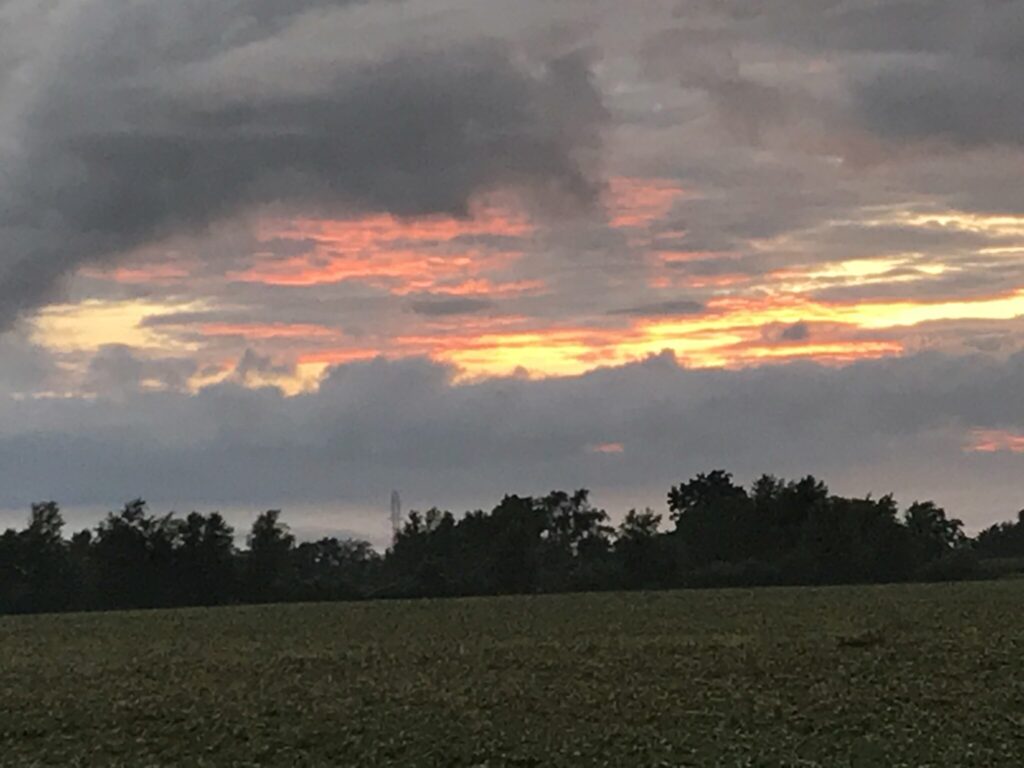
To make excellent quality hay, the forage needs to be cut at the right growth stage and packaged into a bale at the right moisture content without incidence of rain damage. As forages mature, protein and digestibility concentrations decline. If the forage is harvested too late, dry matter intake by the consuming animal will be less because of high fiber concentration. Baling hay too wet can result in mold formation, reduced quality and the possibility of spontaneous combustion. When the hay is baled too dry, leaf loss occurs which results in less yield and quality. The link below is a video about timing the hay harvest. Timing of the Hay Harvest Making quality hay requires awareness of the maturity stage of the grass and legume, and weather conditions. Top forage-livestock producers make timing the hay harvest a management priority.
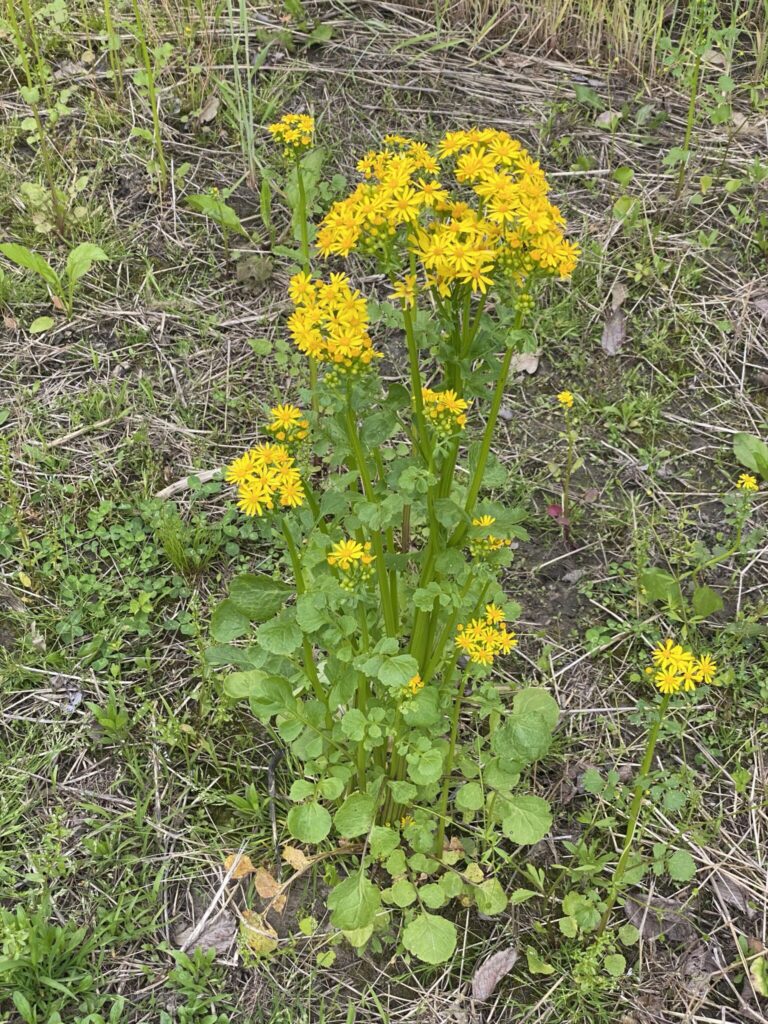
Every spring we receive several calls and e-mails about a certain 3-foot tall weed with yellow flowers (Figure 1). The most common yellow-flowered weeds we have in Indiana are cressleaf groundsel, the buttercup species, and dandelion. Occasionally, we have some fields of canola or rapeseed in the state. But, by far the most prevalent specie we see in no-till corn and soybean fields, and occasionally pastures, is cressleaf groundsel. I have only rarely observed wild mustard in Indiana. Wild mustard is more common in the northern tier of states near the Canadian border. This year, field activities were delayed due to cool temperatures and frequent precipitation. These weather conditions also allowed cressleaf groundsel to reach the reproductive stage, and it is currently flowering in many Indiana fields that haven’t been worked yet. This article is intended to provide information on the biology and life cycle of cressleaf groundsel, as well[Read More…]
Armyworm Pheromone Trap Report – 2022
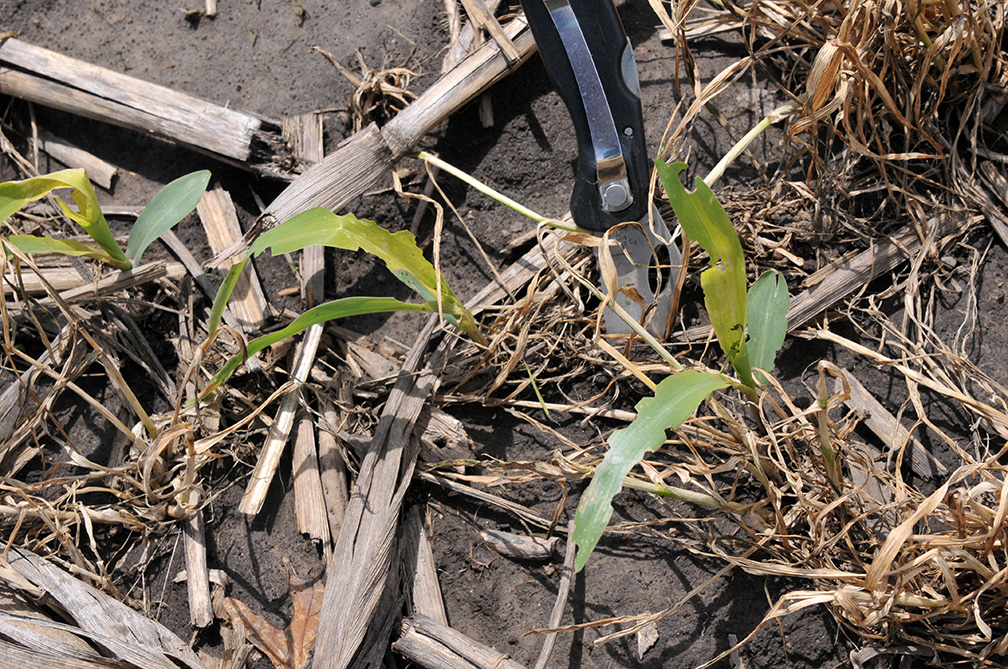
Over the past seven weeks, armyworm moth captures at the Purdue Ag Research Centers (see accompanying “Armyworm Pheromone Trap Report”) have been variable, certainly not eye-popping! This happens most years, as do localized outbreaks. It is a reminder to conduct timely scouting in high-risk fields when the larvae are actively feeding, mid to later May. The increased popularity of cereal rye as a cover crop presents new opportunities for egg-laying females to find attractive food sources. The timing of planting this year, where many cover-cropped or weedy fields may be “planted green” is not helpful to those trying to avoid hungry armyworms. Like every year, some (true) armyworm moths overwinter here, but some are also blown here from states to the south and west. Don’t confuse this annual pest with the fall armyworm (different species) that doesn’t arrive until mid-later summer. The fall armyworm caused a stir late last summer[Read More…]

When it comes to retaining water in the middle of a summer dry spell or absorbing extra rainfall during a spring storm, our soils need organic matter to keep roots happy and nutrients cycling.
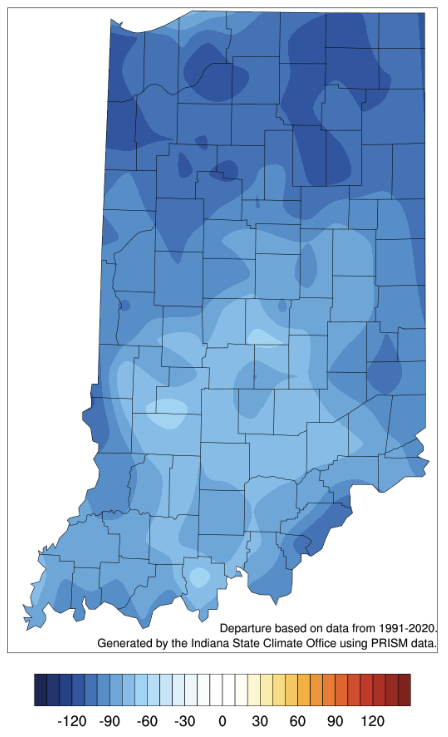
Last week was marked by cooler temperatures and lots of rain.

In the past two weeks, I had two inquiries about a grass that was invading a grass hayfield and pasture.
Armyworm Pheromone Trap Report – 2022
© 2024 Purdue University | An equal access/equal opportunity university | Copyright Complaints | Maintained by Pest&Crop newsletter
If you have trouble accessing this page because of a disability, please contact Pest&Crop newsletter at luck@purdue.edu.